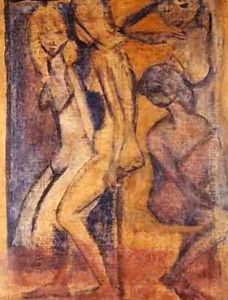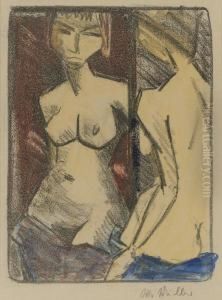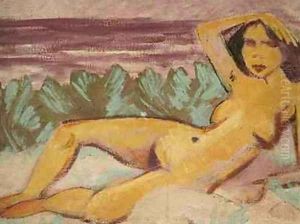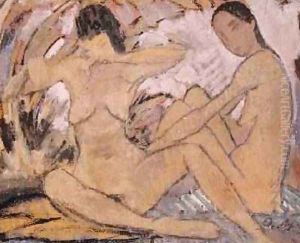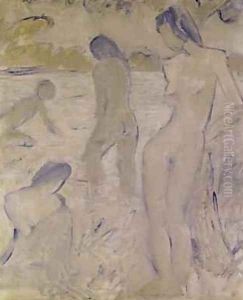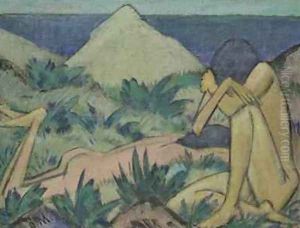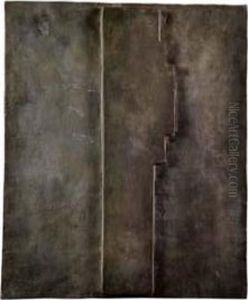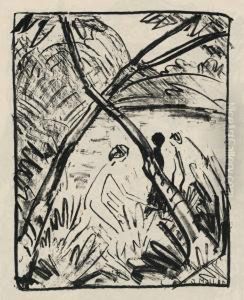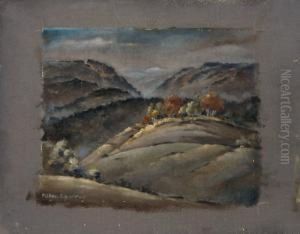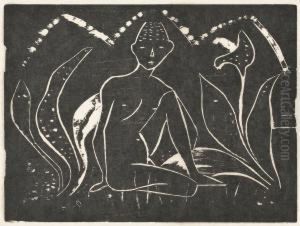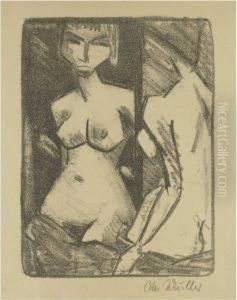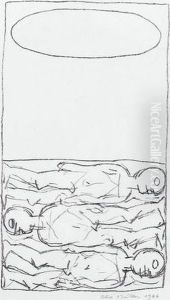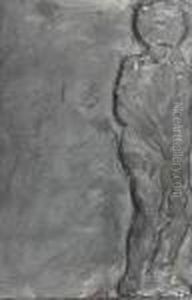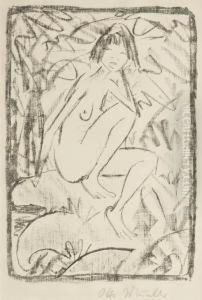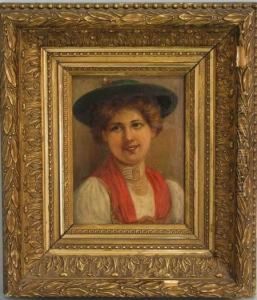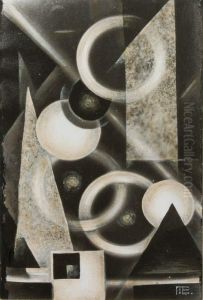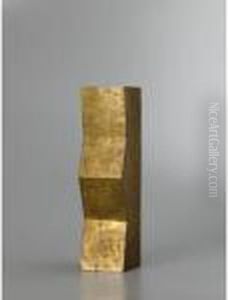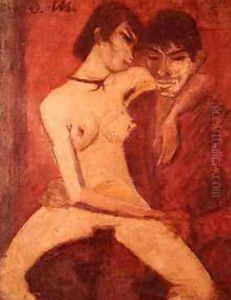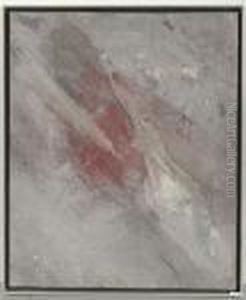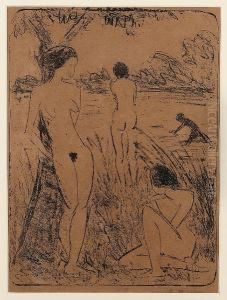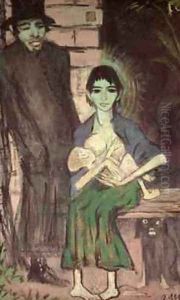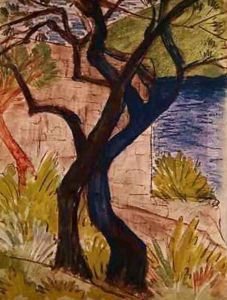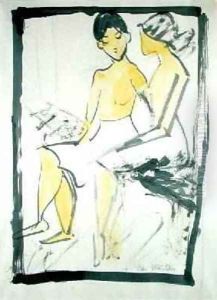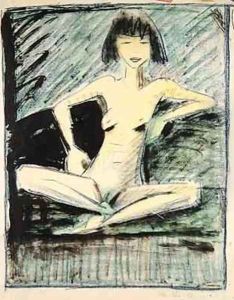Otto Muller Paintings
Otto Müller was a German painter and printmaker, and a member of the expressionist movement. Born on October 16, 1874, in Liebau (now Lubawka, Poland), Müller was initially trained in lithography before turning to painting. He studied at the Academy of Fine Arts in Dresden and later at the Academy in Munich. In 1910, he became a member of the artistic group 'Die Brücke' (The Bridge), which sought to bridge the traditional approach to German art with new, expressionist tendencies.
Mueller's work is characterized by a unique style that blends expressionism with elements of Art Nouveau. He often depicted figures, typically half-nude or nude in natural settings, such as woodlands or by lakes. His subjects were frequently Romani people (Gypsies), whom he portrayed with empathy and a sense of romanticism. Müller's interest in the Romani culture was also reflected in the vibrant colors and fluid lines he used to convey a sense of movement and life in his compositions.
During World War I, Müller served in the German army, which interrupted his artistic career. After the war, he returned to his work with a renewed focus. In 1919, he was appointed as a professor at the Academy of Arts (Hochschule für Bildende Künste) in Breslau, where he taught until his death.
Mueller's work was not widely recognized during his lifetime, and it was only after his death that his contributions to expressionism began to be truly appreciated. His paintings and prints are now held in many important collections and museums around the world. Otto Müller passed away on September 24, 1930, in Breslau, which is now Wrocław, Poland. His legacy lives on as an integral part of the expressionist movement and as an artist who sought to capture the essence of humanity through a lens of compassion and artistic innovation.
